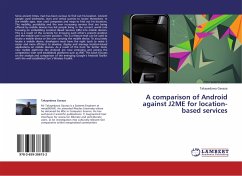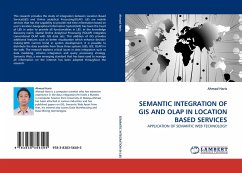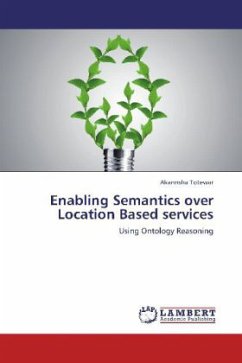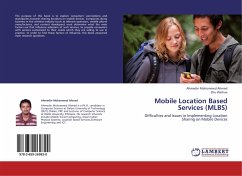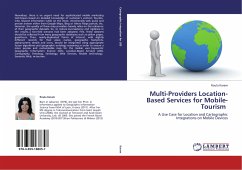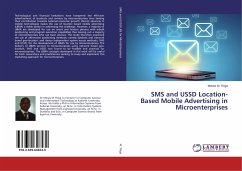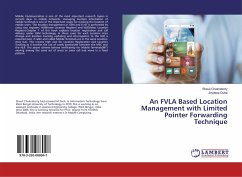Since ancient times, man has been curious to find out his location. Ancient people used landmarks, stars and verbal queries to locate themselves. In the middle ages, man used compasses and maps to find out his locations. The mobility, portability and the ever increasing services that are being offered by mobile devices has led people living in the current world into focusing on embedding Location Based Services (LBS) into mobile devices. This is a result of the curiosity for knowing each other s present position and the mobile user s current position. This is a feature that can be used to locate a mobile device or the user carrying the mobile device. To accurately locate a mobile device, developers must have the right tools to make it easier and more efficient to develop, deploy and manage location-based applications on mobile devices. As a result of the hunt for better tools, new mobile platforms like Android are now emerging and joining the competition with well established platforms such as JME. This book focuses on the analysis and comparison of the emerging Google s Android Toolkit with the well established Sun s Wireless Toolkit.

